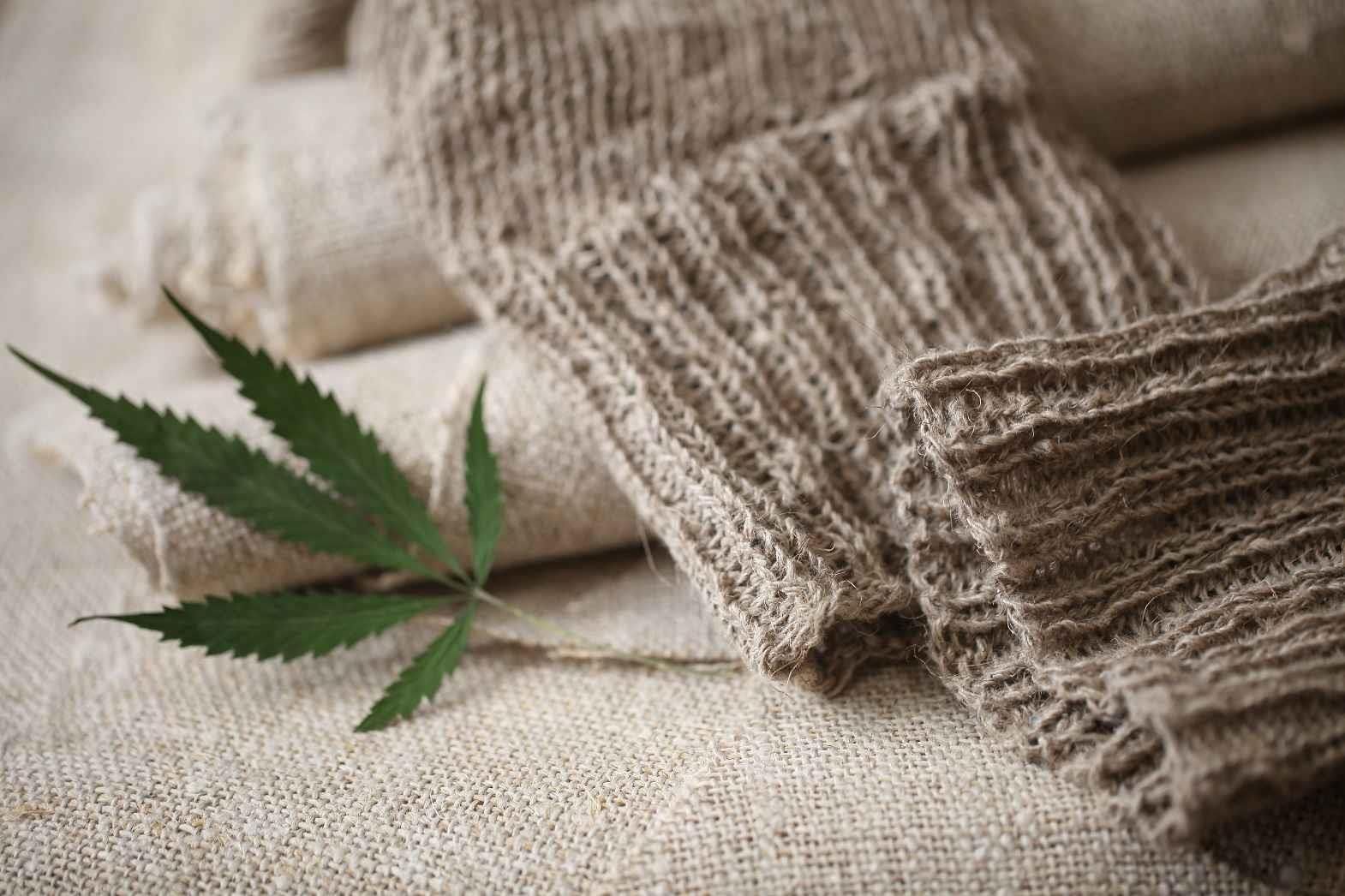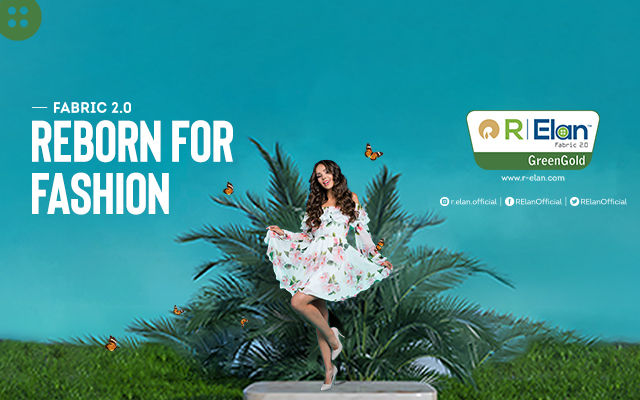The fashion industry is undergoing a significant transformation driven by the need for sustainability and innovation. Traditional textile fibres like cotton, polyester, and wool have long been the mainstays of fashion. However, the environmental impact of their production processes has spurred the search for more sustainable alternatives.
The new wave of textile fibres—Mycotex, Piñatex, Orange Fibre, and others—are not only sustainable but are often made from food waste, offering a revolutionary approach to fashion. They provide environmentally friendly alternatives without compromising on quality or versatility.
This article explores these future fibres, delving into their applications, manufacturing processes, potential impact on the man-made fibre market, and the role they could play in shaping a greener future for fashion.
Mycotex: Mushroom-Based Marvel
Overview and Applications: Mycotex, derived from mycelium—the vegetative part of fungi—represents a groundbreaking approach to textile production. Mycelium can grow into dense, leather-like materials that are both biodegradable and sustainable. Mycotex is utilised in various applications, from clothing and footwear to accessories and interior design. The material’s natural durability and flexibility make it an excellent alternative to traditional leather.
Manufacturing Process: The manufacturing process of Mycotex begins with the cultivation of mycelium on agricultural by-products, such as sawdust or straw. These substrates provide the necessary nutrients for the mycelium to grow. The process involves:
• Inoculation: Mycelium spores are introduced to the substrate, initiating the growth phase.
• Growth: Under controlled conditions, the mycelium expands and intertwines, forming a dense mat.
• Harvesting: Once the mycelium reaches the desired thickness and density, it is harvested.
• Processing: The harvested mycelium is then treated to enhance its durability and flexibility. This may include pressing, drying, and coating with natural substances to improve its resistance to water and wear.
The result is a versatile, eco-friendly material that can be tailored to various textures and thicknesses, making it suitable for a wide range of applications.
Piñatex: Pineapple Leaf Fibre
Overview and Applications: Piñatex is a sustainable textile made from the fibres of pineapple leaves, a by-product of the pineapple harvest. This innovative material is used in the production of footwear, bags, clothing, and upholstery. Piñatex offers a unique texture that resembles leather and has been adopted by numerous fashion brands committed to sustainability.
Manufacturing Process: The production of Piñatex involves several steps:
• Harvesting: Pineapple leaves are collected from plantations after the fruit harvest.
• Fibre Extraction: The leaves undergo a decortication process, where a machine extracts the long fibres.
• Washing and Drying: The extracted fibres are washed and dried to remove impurities.
• Processing into Felt: The fibres are then processed into a nonwoven mesh, which is the base material for Piñatex.
• Finishing: The mesh is sent to a finishing plant where it is coloured and treated to achieve the desired texture and durability.
Piñatex not only provides a sustainable alternative to leather but also adds value to agricultural waste, offering an additional income source to pineapple farmers.
Orange Fibre: Citrus Waste Textile
Overview and Applications: Orange Fibre is a textile made from the by-products of the citrus juice industry. Developed in Italy, this innovative fibre transforms citrus waste into a luxurious fabric with a silk-like feel. Orange Fibre is ideal for high-end fashion, offering a sustainable and biodegradable alternative to traditional silk and other synthetic fibres.
Manufacturing Process: The production of Orange Fibre involves several key steps:
• Collection of Citrus Waste: Peels, seeds, and other by-products from citrus juice production are collected.
• Extraction of Cellulose: The citrus waste is processed to extract cellulose, the primary building block of the fibre.
• Fibre Spinning: The extracted cellulose is dissolved and spun into filaments, creating a continuous thread.
• Fabric Production: These threads are then woven or knitted into fabric, which can be dyed and finished according to design specifications.
Orange Fibre’s production process not only reduces food waste but also provides a sustainable alternative to conventional textiles, supporting the increasing demand for eco-friendly fashion.
Other Notable Sustainable Fibres
Banana Fibre: Banana fibre is derived from the pseudostems of banana plants, which are usually discarded after the fruit harvest. The fibre is strong, biodegradable, and suitable for a variety of applications, including textiles and paper production.
Manufacturing process involves the following:
• Harvesting: Pseudostems are collected after the banana fruit is harvested.
• Fibre Extraction: The stems are mechanically processed to extract the fibres.
• Processing: The extracted fibres are washed, dried, and processed into yarn or fabric.
Banana fibre is known for its strength and versatility, making it an attractive option for sustainable textiles.
Hemp Fibre: Hemp fibre has been used for centuries, known for its durability and environmental benefits. Hemp grows quickly, requires minimal pesticides, and improves soil health. It is used in clothing, ropes, and various industrial applications.
Its manufacturing process involves the following:
• Cultivation: Hemp plants are grown and harvested.
• Retting: The harvested plants undergo retting, a process that breaks down the pectin to separate the fibres.
• Decortication: The fibres are extracted from the stalks.
• Processing: The fibres are cleaned, spun into yarn, and woven into fabric.
Hemp’s sustainability and versatility make it a valuable fibre for the future of textiles.
The Future of Sustainable Fibres
As the fashion industry continues to seek sustainable alternatives to traditional textiles, the development and adoption of fibres like Mycotex, Piñatex, Orange Fibre, and others are likely to increase. These innovative materials offer numerous benefits, including reduced environmental impact, biodegradability, and the utilisation of agricultural and food waste.
Environmental Benefits
The production of these sustainable fibres generally requires less water, energy, and chemicals compared to conventional textiles. By utilising waste products, these fibres contribute to a circular economy, reducing the need for virgin resources and minimising waste.
Economic Opportunities
The adoption of sustainable fibres also presents economic opportunities for farmers and producers. By adding value to agricultural by-products, these fibres provide additional income streams and create new markets for sustainable materials.
Consumer Appeal
As consumers become more environmentally conscious, the demand for sustainable fashion is bound to grow. Brands that adopt and promote the use of these innovative fibres can attract eco-conscious consumers and differentiate themselves in a competitive market.
Challenges and Considerations
Despite the many benefits, there are challenges to the widespread adoption of these sustainable fibres. Scaling production to meet global demand, ensuring consistent quality, and reducing costs are critical factors that need to be addressed. Continued research and investment in sustainable textile technology are essential to overcome these challenges and realise the full potential of these innovative fibres.
Potential Impact on the Man-made Fibre Market
The rise of sustainable fibres has significant implications for the man-made fibre market, particularly for fibres such as polyester, nylon, and acrylic, which dominate the textile industry but come with considerable environmental drawbacks.
Environmental Impact
Man-made fibres, primarily derived from petrochemicals, have been criticised for their negative environmental impact. The production of these fibres involves high energy consumption, greenhouse gas emissions, and the release of microplastics into the environment. The introduction and growth of sustainable fibres could lead to a reduction in the demand for these environmentally harmful materials, as consumers and manufacturers alike seek greener alternatives.
Market Dynamics
The increasing popularity of sustainable fibres could disrupt the man-made fibre market by shifting consumer preferences and driving regulatory changes. Governments and organisations worldwide are increasingly implementing policies and regulations aimed at reducing plastic waste and promoting sustainable practices. This regulatory push could accelerate the adoption of eco-friendly fibres and decrease the reliance on traditional man-made fibres.
Innovation and Competition
The emergence of sustainable fibres is likely to spur innovation within the man-made fibre market. Companies that have traditionally focused on synthetic fibres may invest in research and development to create more sustainable and biodegradable versions of their products. This competition could lead to the development of new materials that combine the benefits of both natural and synthetic fibres, offering improved performance and sustainability.
Economic Considerations
The transition to sustainable fibres could have economic implications for industries reliant on traditional man-made fibres. Companies may need to adapt their production processes, invest in new technologies, and reconfigure their supply chains to incorporate sustainable materials. While this transition may entail initial costs, the long-term benefits of aligning with sustainability trends and meeting consumer demand for eco-friendly products could outweigh these expenses.
Consumer Trends
Consumer awareness and demand for sustainable products are at an all-time high. Brands that embrace sustainable fibres can leverage this trend to enhance their market position and build stronger relationships with environmentally conscious consumers. By offering products made from sustainable fibres, companies can differentiate themselves, attract new customers, and foster brand loyalty.
Future Outlook
The future of the man-made fibre market will likely be shaped by the growing emphasis on sustainability. As sustainable fibres become more mainstream, the market share of traditional man-made fibres may decline. However, this shift presents an opportunity for the textile industry to innovate and evolve, creating a more sustainable and resilient market that benefits both the environment and the economy.
Conclusion
The future of textiles lies in the development and adoption of sustainable fibres such as Mycotex, Piñatex, Orange Fibre, and others. These materials not only offer environmentally friendly alternatives to traditional textiles but also provide economic and social benefits by utilising waste products and supporting sustainable agriculture. As the fashion industry continues to evolve, the integration of these innovative fibres will play a crucial role in creating a more sustainable and responsible future for fashion. Embracing these technologies and addressing the challenges associated with their production will be key to unlocking their full potential and transforming the textile industry for the better.









Comments